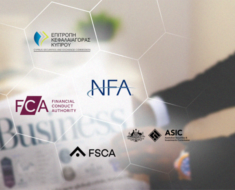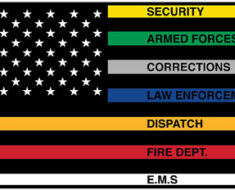
Shutter Stock
Anyone who has ever attempted to organise and complete a home renovation project knows that these projects quickly go over budget. Inevitably, the scale of a project expands as the job begins and the costs of extra materials and labour are usually more than most people plan for. In these cases, it is wise to take out home renovation financing in order to get the job done.
For those who have never taken out a home renovation loan before, the process can seem confusing. Having a basic knowledge of what the process of taking out such a loan involves will help you to find the best rate and work with the best provider to accommodate your needs. It will also ensure that your need for extra money does not harm your long-term financial health.
Let’s look at some of the basics of home renovation lending in Australia.
What Is Home Renovation Financing?
Borrowing for home renovations usually comes in the form of a personal loan. While some people put their home renovation expenses onto their credit card, this is not usually the best route to take. Interest rates on credit card borrowing are usually far larger and will end up costing you more in the long run.
Applying for a personal loan for the purpose of home renovation is a straightforward process because this is a highly legitimate reason to borrow money. Banks and other financial providers are usually quick to agree to such a personal loan for this reason.
Borrowers usually consider this a low-risk investment because the value that you are adding to your home will likely offset any of the cost of taking out the loan itself.
Secured And Unsecured
There are two main types of home renovation financing: secured and unsecured personal loans. Secured financing usually involves larger amounts of borrowing where some collateral is required. It may be necessary to secure a loan against your property or your home. In the event that you are unable to repay the loan, your home may be repossessed. This is done by most financial lenders to reduce the risk of losing the money that they provide to you.
Unsecured loans typically involve more modest sums of money. They are essentially a basic fixed term and fixed-rate loan that you will repay through consistent monthly payments. Depending on the lender and the current economic environment, you will receive an interest rate that represents the extra cost of taking on the loan.
Know Your Credit Score
Before heading out to shop for home renovation financing, it is good to know what your current credit score is. Being aware of what your lenders are looking at when they are deciding whether to loan you the money will allow you to be on the same page with your expectations. If your credit score is good, you will likely be able to negotiate a lower rate or a longer repayment period if you choose. However, if your credit score is poor, then you may only be able to receive loans at a high interest rate. In these cases, it may make sense to improve your credit score before taking on a new loan.
Do Your Research
Make sure that you do some research on prospective lenders before you make a final decision on financing. This will help you to avoid predatory lenders and allow you to stick to more reputable institutions.
Use the information outlined here to help you find the right home renovation loan to get your project done sooner rather than later.









































